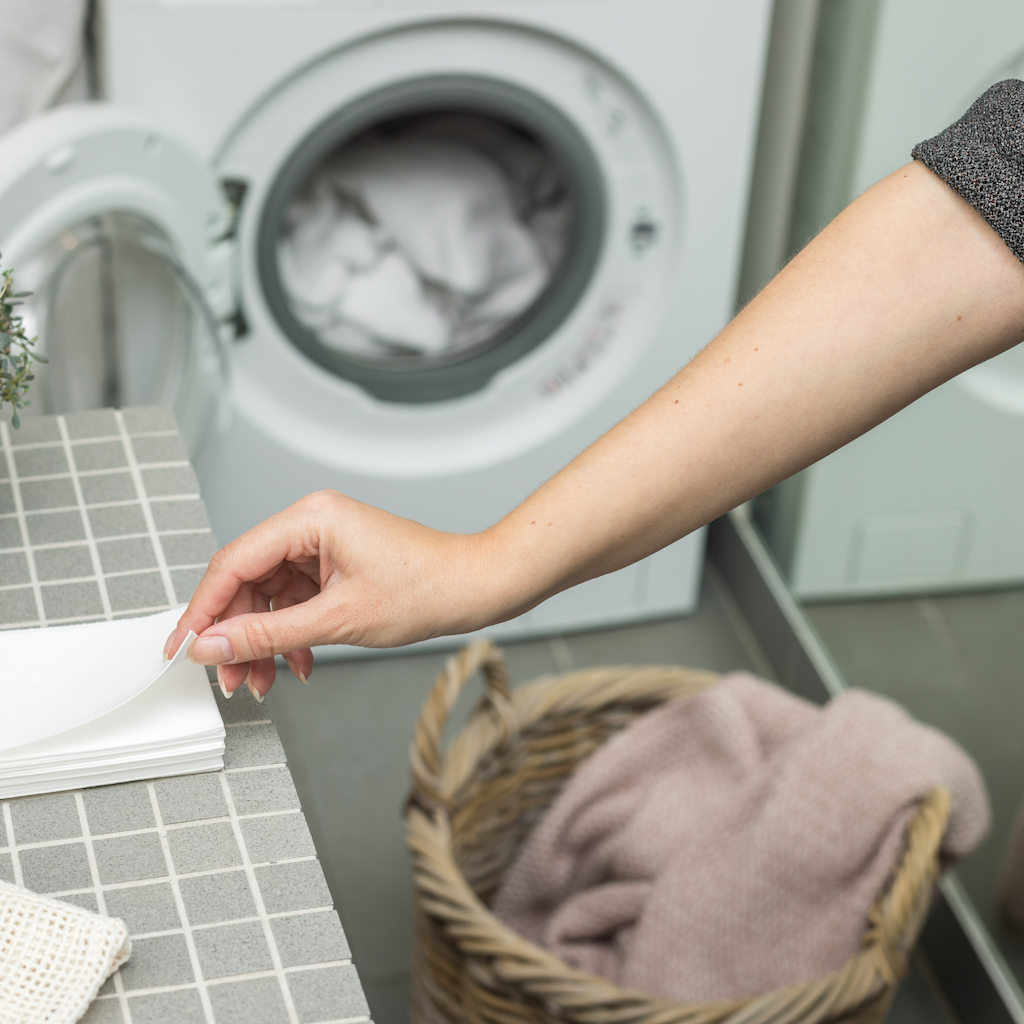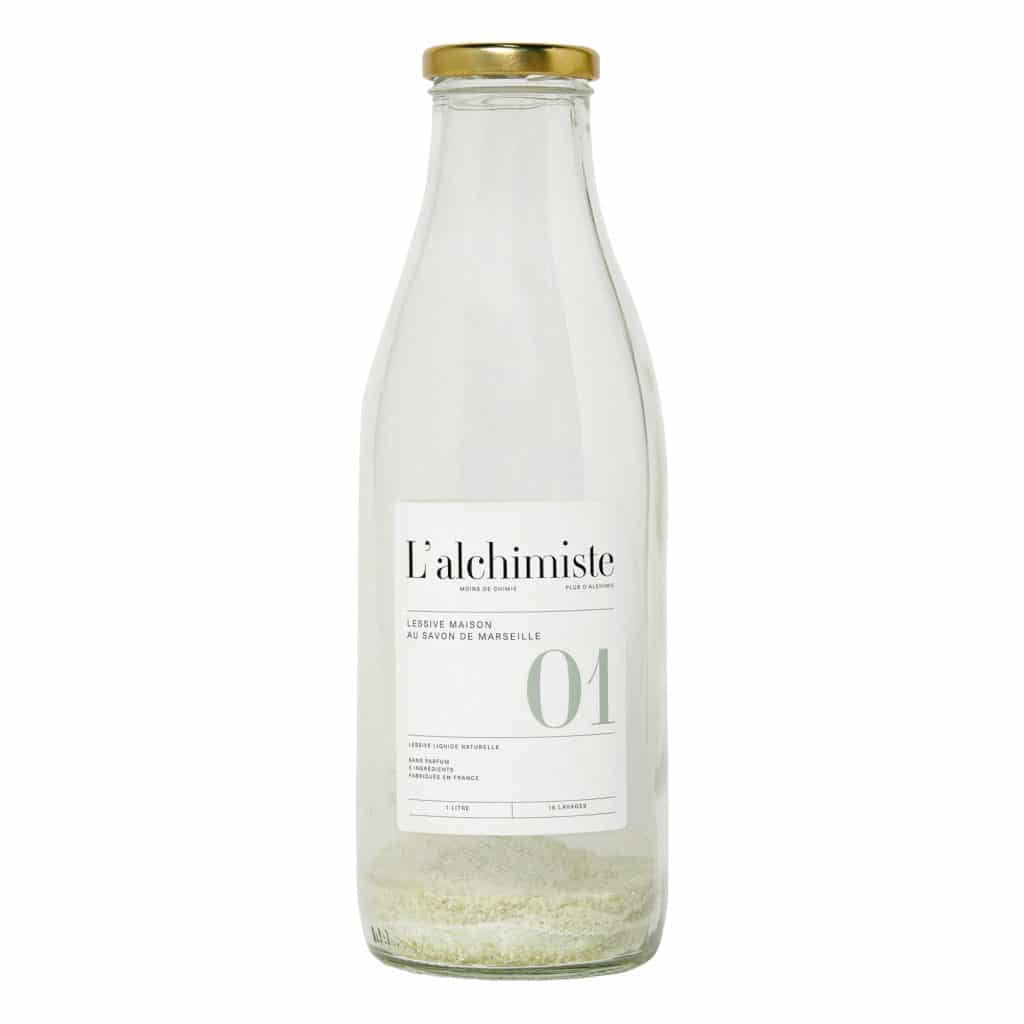What’s in your laundry detergent? And just how harmful is it to the planet?
Frustrated with the vast array of products that claim to be ‘green’ but don’t deliver? Desperate to reduce your environmental footprint but unsure where to start? The solution may be simpler than you think: your laundry detergent.
Conventional laundry detergent is a cleaning agent typically comprising surfactants, enzymes, and other additives that break down stains and grime. However, many conventional detergents contain phosphates, which can lead to eutrophication — a process causing harmful algal blooms — in freshwater systems. According to the U.S. Environmental Protection Agency, phosphates make up about ten percent of total nonpoint source pollution in freshwater. Furthermore, synthetic fragrances and dyes in detergents may contain endocrine disruptors harmful to human health. Excessive plastic packaging also contributes to landfill waste, with millions of detergent bottles discarded annually. Further complicating the issue, many people can experience skin irritation, allergies, or respiratory issues due to the chemicals in their laundry detergent.
All of these issues make it clear that switching to eco-friendly laundry detergent is a simple yet effective way to make your home greener and environment healthier. It’s a small change that can make a big difference.
Environmental impacts of conventional laundry detergent
Traditional detergents are typically filled with a cocktail of chemicals that are harmful to human health and the planet. Here’s what’s in most:

1. Phosphates: Often used in detergents, these substances can damage aquatic life when they reach rivers and lakes, causing an overgrowth of algae known as eutrophication.
2. Synthetic surfactants: These agents help cut through grime but can persist in the environment. Some are toxic to aquatic life, contributing to water pollution long after your wash cycle ends.
3. Fragrances: Though they give that ‘fresh laundry’ smell, many fragrances contain phthalates. These chemicals can interfere with the endocrine system and are often not listed on the product labels.
Benefits of eco-friendly laundry detergent
Trading in your old laundry detergent for a green alternative has several benefits, not just for the planet but for you.

1. Gentler ingredients: Eco-friendly detergents are often free from phosphates, synthetic surfactants, and hidden fragrances, making them less harmful to aquatic life and reducing water pollution.
2. Health benefits: With fewer harsh chemicals, an eco-friendly laundry detergent can improve your skin and respiratory health, reducing the chances of allergic reactions or irritation.
3. Reduced packaging: Many green detergents use minimal or even zero packaging, reducing waste and making recycling easier if needed.
4. Lower carbon footprint: The production, transportation, and disposal of eco-friendly detergents often consume less energy and emit fewer greenhouse gases.
5. Biodegradability: Green detergents are often designed to break down safely in the environment, leaving less residue behind.
How to choose the right eco-friendly laundry detergent
Now that you know the benefits, you might be wondering how to choose a suitable eco-friendly laundry detergent. Here are some pointers.

1. Look at the ingredients: Always read labels to ensure the product is free from harmful substances like phosphates and synthetic surfactants.
2. Check for certifications: Trustworthy eco-labels or certifications can vouch for a product’s environmental friendliness.
3. Assess the packaging: Opt for minimal, biodegradable, or recyclable packaging detergents.
4. Consider the manufacturer’s claims: Be aware of greenwashing. If a product’s ‘green’ claims seem vague or unsupported, it might be wise to do some extra research.
Remember, your best eco-friendly detergent will also depend on your needs and preferences. For example, those with sensitive skin may want a fragrance-free option. Keep these factors in mind as you make your choice. Your decision can make a significant impact on both your health and the environment.
Make the switch: replace conventional detergent with eco-friendly detergent
Ready to make the switch? Here are some practical steps to transition from traditional detergents to eco-friendly ones. And once you’ve switched to an eco-friendly laundry detergent, the next step is to continue evaluating and refining your routine. Remember, transitioning to a more sustainable lifestyle isn’t about perfection. It’s about continually making more eco-conscious choices.

1. Use up your current detergent: No need to throw out what you’ve already got; that would be wasteful. Use up your existing detergent before bringing in the green alternative.
2. Consider your laundry habits: Think about using less water or energy during your laundry routine. This could involve washing full loads, using cold water, or air-drying your clothes.
3. Pick the right product: Using the above criteria, select an eco-friendly detergent that suits your needs.
4. Start small: Begin by using an eco-friendly detergent for a portion of your laundry, observing any changes in cleanliness or clothing quality.
4. Educate your household: If others are doing the laundry, make sure everyone in the house is on board and knows how to use the new detergent.
1. Measure efficiency: Keep track of how the eco-friendly detergent is performing. Adjust the amount used or switch brands if necessary.
Expand your green practices beyond the laundry room
After mastering the green laundry routine, you might be inspired to apply eco-friendly practices to other areas of your life. If that’s the case, here are some pointers to help you continue your sustainability journey.

1. Energy conservation: Consider switching to energy-efficient appliances, using LED light bulbs, or investing in renewable energy sources like solar panels.
2. Water saving: Install low-flow showerheads, fix leaks promptly, and use a rain barrel for watering plants to conserve water.
3. Waste reduction: Embrace recycling and composting, opt for reusable products, and cut down on single-use plastics.
4. Conscious consumption: Be mindful of your purchases. Choose products with sustainable credentials and support companies that prioritize environmental responsibility.
Related on Ethos:


